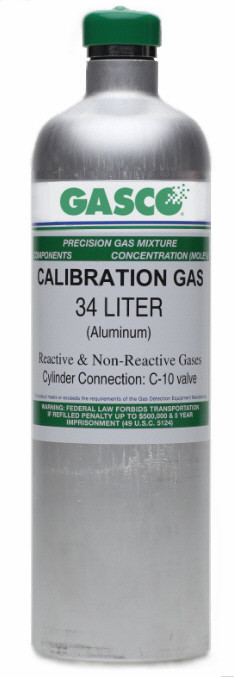
In just ten minutes, a pair of cats died from hydrogen cyanide poisoning. In 2017, an electrical fire filled up a three-story house with toxic smoke. Levels of hydrogen cyanide as low as 0.2 ppm were found to be toxic to fish. When exposed to hydrogen cyanide gas, the brain, heart, and lungs will be affected and can become rapidly fatal. Avoiding hydrogen cyanide gas exposure is essential to protect your family and coworkers. Hydrogen cyanide is a systemic chemical asphyxiant, interfering with oxygen usage in the body. It is a very useful yet dangerous gas, hence the need to monitor and check air concentrations. Hydrogen cyanide has the chemical symbol HCN. The growth of hydrogen cyanide detectors has increased due to its use as a fumigant in response to the need to replace methyl bromide. Hydrogen cyanide is used against scale insects on citrus trees and other pests on greenhouse plants. What Does a Hydrogen Cyanide Meter Detect?Ī hydrogen cyanide detector senses HCN gas and displays the levels in parts per million (ppm). Hydrogen cyanide gas detectors are also known as HCN monitors, hydrogen cyanide sniffers, hydrogen cyanide analyzers, and HCN gas testers. These names all refer to the same device, an HCN gas detector. In order to protect users, these gas detectors also have LED, vibration, and buzzer alarms. These devices (specifically the Forensics Detectors FD-90A-HCN) have a long-life battery, large screen that displays the HCN concentration, and a belt clip to connect to clothing.
Hydrogen cyanide skin#
Pregnant women also will have increased absorption through the skin because of the increased vascularity and vasodilatation associated with pregnancy. Children are more vulnerable to these toxicants being absorbed through the skin because their skin is thinner, contains more moisture, and they have a larger surface area to weight ratio than adults. High ambient temperate, relative humidity results in increased absorption.

Transient hypertension and tachycardia may be early findings. Bradycardia, hypotension followed by death can occur.

Cardiovascular - Arrhythmias can occur in cases of severe poisoning.Young children, especially under the age of four, are more prone to develop seizure disorders secondary to hypoxia, or other CNS insult. Progression of symptoms (pending exposure levels) can include increased lethargy, tetany, convulsions, and loss of consciousness. CNS - Initial signs and symptoms especially with lower dose exposures are nonspecific and include excitement, dizziness, nausea and vomiting, headache and weakness.The CNS and myocardium are particularly sensitive to the toxic effects of cyanide.Ĭhildren exposed to the same level of cyanide agents as adults will usually receive higher doses because they have greater lung surface area: body weight ratios and increased minute volume: weight ratios. By binding to mitochondrial cytochrome oxidase, it prevents the utilization of oxygen in cellular metabolism. Hydrogen cyanide acts as a cellular asphyxiant.


 0 kommentar(er)
0 kommentar(er)
